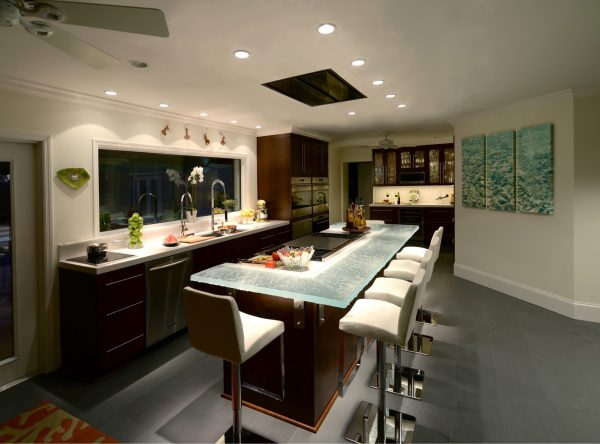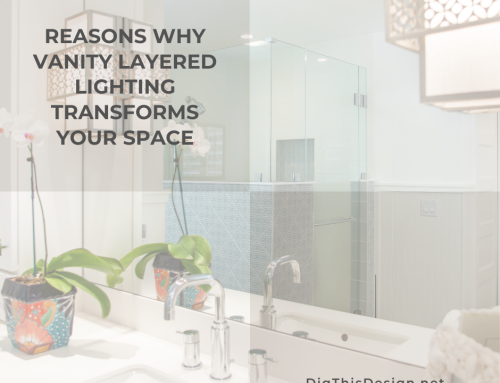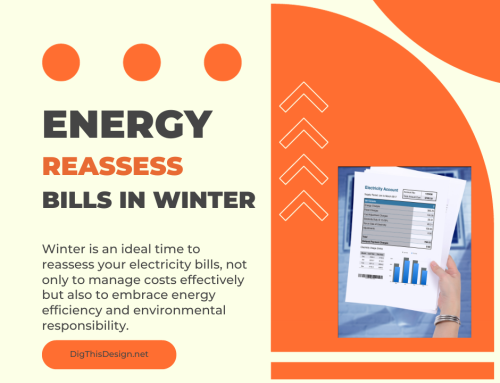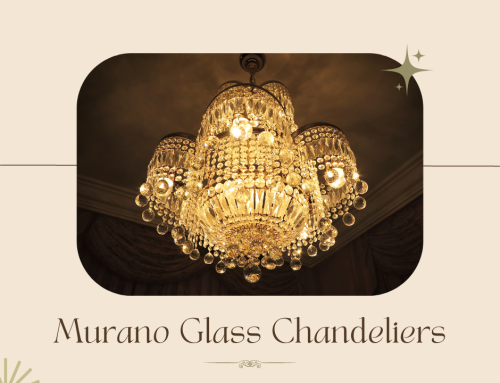
Everyone has moved into a home that has had less than optimal lighting. Be it a beautiful Victorian home or your first college apartment, lighting can be a tricky issue, particularly if you want to be able to make your home suit your moods. Do you want to light a room for romance or relaxation? What if you want to be energized by your surroundings? You don′t have to cut windows out of your walls for ″natural″ lighting; all you have to do is have an understanding of how lamps and light sources can affect the brain.
Creating Energy
Whenever you look up lighting and energy, the things that you seem to get are how to save money. While this is important, it′s not the major issue for many people. You want to have a room, like a dining room, or a kitchen where you can feel energized. This is the room you go to when you first wake up and begin to face your day. Instead of being assaulted by harsh lighting, you want to feel a gradual push into the waking world. The best way to do this is with dimmers, giving you control of your level of brightness.
If dimmers aren’t available to you then you might want to consider changing your bulbs. The effect is easy to achieve with energy saving lights that are a soft, warm color like an amber or orange. Do your best to avoid the harsh halogen lighting that plagues many apartments. This means you may have to rely on a variety of table lamps and shades. Uniform lighting makes it difficult to focus on other people in the room and tasks at hand, according to Feng Shui for Real Life.com. It′s important to diffuse your lighting or use a variety of lighting sources. This way you′re not going to feel like you′re bathed in exam room style lighting. Try adding shelves to your wake up room and stacking small lamps on them at different heights. The act of turning them on and slowly waking yourself up will leave you feeling not only in power, but more refreshed.
A Restful Space
When you walk into a spa you will notice that the waiting area is darker than the light outside. This is because softer lighting is more relaxing and calming to people than harsh lights. You want to use a green shade on your lamps, for example to tone down brightness. Try to find bulbs that burn on a warmer color spectrum. If you cannot find ones in your price range, try using a light coat of paint over a bulb. This will dim the color and give you the result you′re looking for. Note that you need to use heat-safe paint for this application. Calm soothing colors like green or purple are perfect for your bedroom, according to Home Guides.
By painting a design on a light bulb you can actually project a pattern on the walls. These tips can put you in control of setting just the mood you want in any room, by simply turning on a lamp.
Your nest does not have to be completely dim or dark. Again, take notes from the spa. Try using lighting that will not bounce off of your walls. If you can, paint the walls a soft, matte shade that will absorb light more than it bounces back. If your bedroom only has harsh overhead lighting. Placing a nightstand table lamp purchased from a store like Lumens along with two standing lamps at opposing corners will give you a good mix of lighting. This way you can slowly turn the lights down as you choose to get moving with your day.
Seasonal Affective Disorder (SAD)
Seasonal Affective Disorder, also known as (SAD), effects some people that live in cold climates. If you notice your mood dampens as winter approaches you might be susceptible to SADs. This has very little to do with the chilly temperatures and a great deal to do with the shortened days according to Examined Existence.com. When your brain is getting less light, you are getting less vitamin D, which can cause depression. Treatment for SAD might include light therapy, which is meant to recreate outdoor light and are known as light boxes. You can purchase light boxes over the counter or have your doctor recommend one.
If your like many of us who start their morning off with a cup of coffee and a computer then possibly a light box therapy lamp like this one would work great!
Another good thing to try is Christmas lights. Holidays are a stressful time, but the twinkling lights actually can make you happier. If you feel extremely lethargic, try stringing a bright assortment of LED lights around a bed frame, doorway, or along the walls. After you′ve woken up, turn these lights on while you′re home. The colors and the general brightness will help perk you up. If you think that a little pick-me-up is all that you will need, then let the lighting do the work for you. Try different combinations of lamps in your home until you have created a place that suits you exactly as it should!
If you have any questions or suggestions, we always love to hear from you in the comments below. Also below are links that will take you to more fantastic articles about ALL things DESIGN for your home or business.
Images Courtesy of Canva.
Other Posts You Might Enjoy:
Things To Consider When Choosing Landscape Lighting For Your Garden





